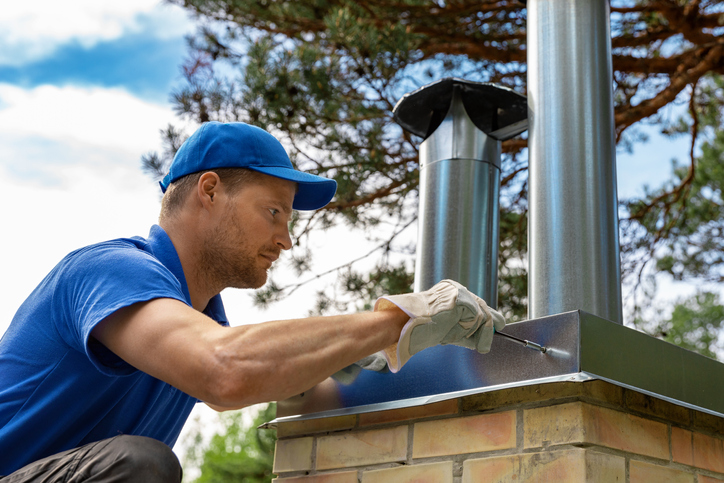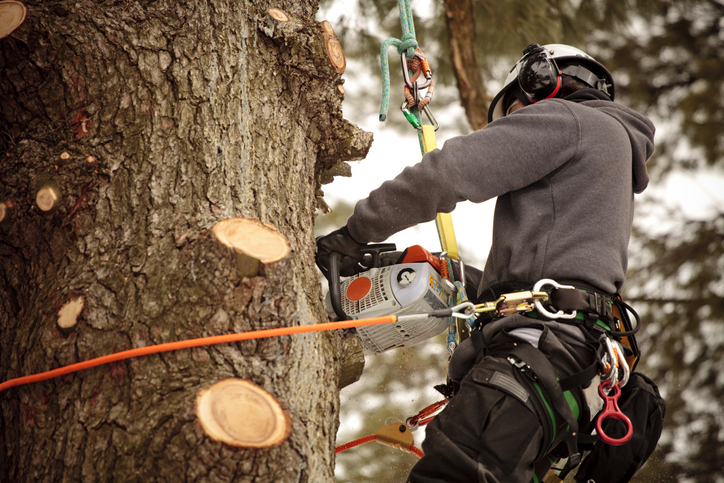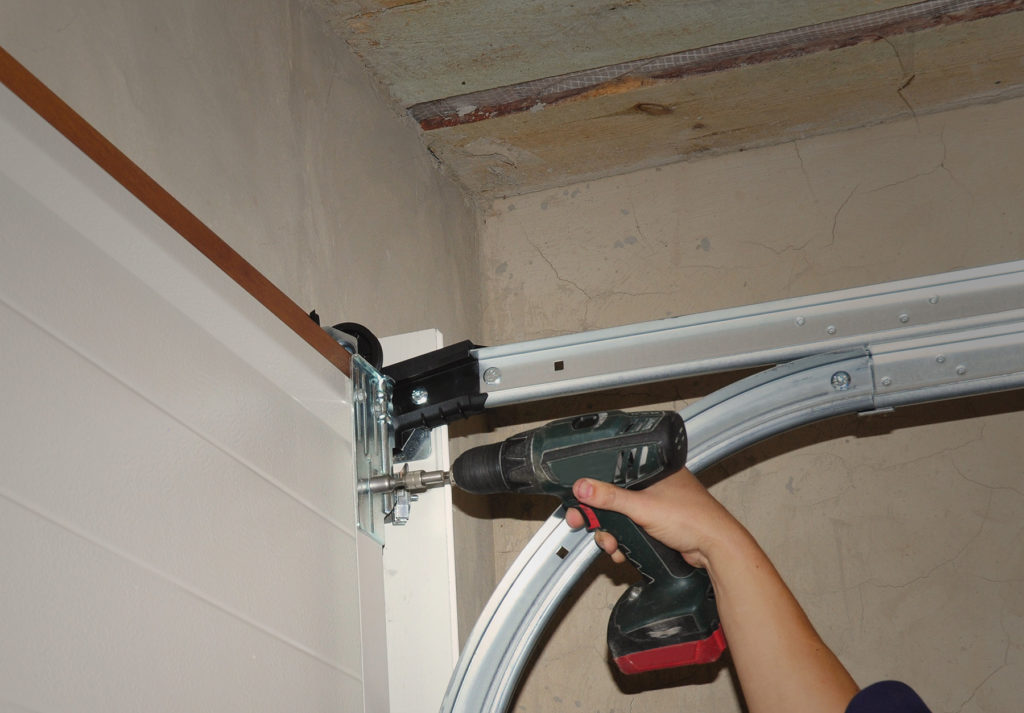The Atlantic hurricane season runs June 1 through November 30. A combination of wind and wind-driven rain from a hurricane can cause major damage to a home. A great time to start protecting your house is now! Get your home prepared with these steps ahead of the storm to help reduce property damage.
1. Review your insurance policy
Cost: $0
Time: 1-3 Hours

Assess your risk and ask questions if you have them.
- Know what your insurance policy covers—and what it doesn’t.
- Store your insurance agent’s contact information in your phone.
2. Inspect your roof and resolve leaks
Cost: $100-$500 / each item
Time: 1-3 Hours / each item

Existing leaks in your roof can worsen in severe weather.
- Roof: A roof in need of repair is more vulnerable to high winds. Unsealed shingles are vulnerable to wind and rain. Have your roof inspected to make sure it’s ready to stand up to hurricane season. ($500)
- Skylights: Install flashing around skylights to keep water from leaking into your home. ($100-$150)
- Chimneys: Remove and replace the flashing, including the ice and water barrier, around your chimney to ensure no water seeps into your home. ($275-$475; Cost varies based on size of chimney.)
- Flashing: Have leaky flashing removed and replaced. ($500; Cost estimate includes 127 linear feet of materials and labor.)
- Roof valleys: Remove and replace leaking valley metal on your roof. ($500; Cost estimate includes 95 linear feet of materials and labor.)
3. Secure soffits
Cost: Under $10
Time: 1-3 Hours
Water can enter homes through unsecure soffits.
Use stainless steel screws and a bit of sealant to secure soffits. Install stainless steel screws through fascia and channels so they connect the soffit material. Apply polyurethane sealant over screws and let dry for 72 hours.
4. Check your gutters
Cost: $0 – $40*
Time: 1-3 Hours

If water isn’t properly diverted, heavy rain can cause leaks in your ceiling or basement or other damage.
- Clean any debris from your gutters.
- Extend downspouts away from the house to divert water.
5. Seal gaps and cracks
Cost: Under $10
Time: 1 Hour
Water can easily enter your home through small openings.
Use a tube of silicone caulk to seal cracks and gaps to keep water out of your home. Check all exterior walls and around windows, doors, electrical boxes, vents, and pipes.
6. Trim your trees
Cost: $400 – $500*
Time: 1-3 Hours
*Estimated cost is per tree.

Trees in your yard could pose a threat to your home during high winds.
Have the trees around your home trimmed by an arborist. Remove branches that overhang the house and remove dead, dying, or diseased trees.
7. Service your garage door
Cost: $100 – $150
Time: 4-8 Hours

You should have your garage door serviced at least once a year.
Maintenance like tightening screw and bolts will prolong the life of your garage door and ensure it’s in proper working condition.
8. Service your generator in case of power outages
Cost: $20 – $100
Time: 1-2 Hours

Proper maintenance is critical to avoid the failure of a generator when it’s needed most.
- The time to maintain a generator is well before a major storm or disaster strikes (when professional assistance may be unavailable, power lines are down, and access roads are blocked).
Set a maintenance plan for your specific model by checking the owner’s manual, which should tell you:
- When to check and change the oil
- When to replace the spark plug and air filter
- When to clean the spark arrestor screen
- How often to run the generator, which is usually every couple of months
- How to store the generator, usually in a dry place
9. Create a home inventory
Cost: $0
Time: 1-3 Hours
Documenting your belongings is easier before a storm.
If you have a loss due to a hurricane, you’ll have to itemize your losses for your insurance company. Create a detailed list or video of your belongings and store it somewhere safely offsite.
Learn more about how to create a home inventory from the Insurance Information Institute.
Note: Enabling geotagging (turning on location services) when taking photographs or video could help ease your claims process because it verifies the location of your items.


3 Comments